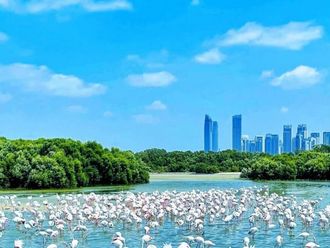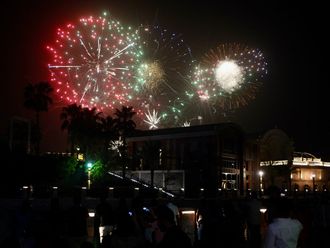Abu Dhabi: Small to moderate tremors felt on the Iranian coast off the Arabian Sea on Monday morning did not have any effect on the UAE at all, a senior official told Gulf News on Monday.
The epicentre of tremors that recorded 4.6 on the Richter scale at 9.34am was an island in southern Iran, said Khamis Al Shamsi, Head of Seismology at the National Centre for Meteorology and Seismology (NCMS).
The island close to Zagros Mountains and surrounding areas, which are in an active seismic zone, such tremors occur often as a normal seismic activity, he said.
“It does not have any link with the earthquake in Nepal that lies in a different seismic belt. This was not an earthquake at all but small to moderate tremors. There was no effect in the UAE,” Al Shamsi said.
As the area is almost 200km away from Abu Dhabi, such tremors will not affect the UAE, he said.
Earthquakes measuring around 7 on the Richter scale had occurred in the Zagros mountainous areas, which have never affected the UAE. A 2013 earthquake measuring 8 in the Makran region of Pakistan, which is close to Iran, also did not have any impact on the UAE. The buildings in the UAE can easily withstand quakes in such a magnitude [occurring in those areas], the official said.
The strength of the buildings in the UAE is incomparable, he said.
Still, science and technology do not have any means to exactly predict earthquakes, he said. Generally, foreshocks and aftershocks are common with a major earthquake, but in Nepal’s case no foreshocks were reported.
“Even if a foreshock occurs, there is no means to identify whether it is actually a ‘foreshock’ and that a major quake will follow.”
“But as the UAE is 200 to 300 kilometres away from major seismic zones in Iran and Pakistan, we don’t need to worry about it at all,” Al Shamsi said. Moreover, the destruction caused by an earthquake depends on the quality and strength of buildings in the affected areas. “Our buildings have been designed to withstand any such disasters,” he reiterated.












